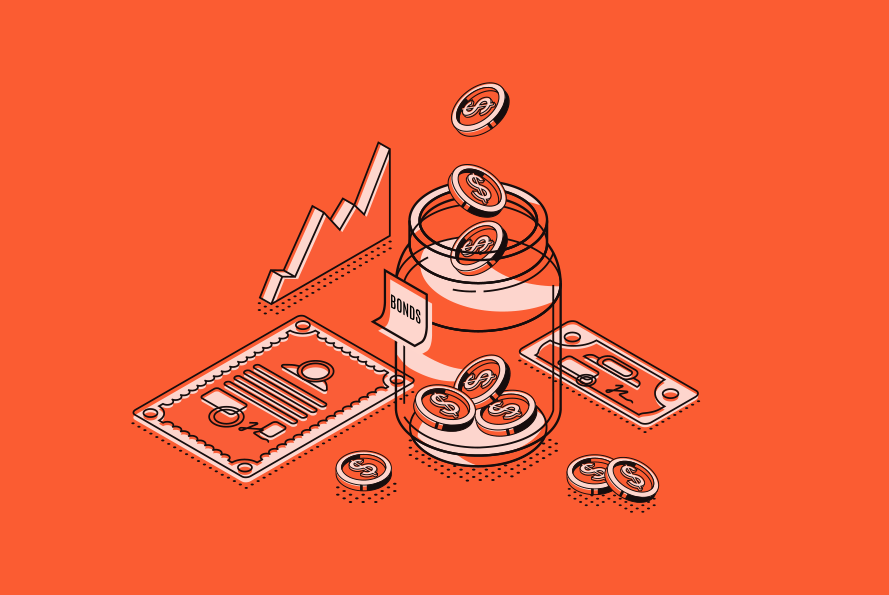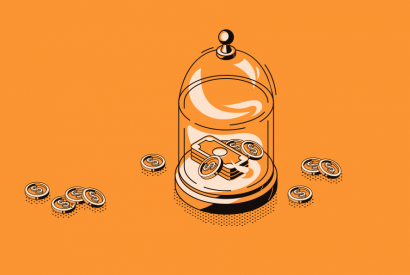What is a bond? Everything you need to know

Where do companies get the money to grow? And how do governments raise money for public spending? In this article, we’ll be covering how companies and governments raise money through bonds, as well as how bond prices work.
What is a bond?
We must start by understanding what a bond actually is. In simple terms, a bond is essentially a loan, or an IOU. Companies and governments use bonds in order to borrow money, otherwise known as capital. Companies will issue bonds to raise capital, usually for a specific project, while governments will issue bonds to fund public spending – roads, schools, and other projects.
There are different types of bonds. Corporate bonds are issued by companies. Municipal bonds are sold by states and municipalities. Government bonds are issued by governments. And finally, Treasuries are government bonds issued by the US Treasury.
You can buy bonds via your brokerage platform. What do you get in exchange? Small repayments over a period of time, otherwise known as interest, plus the repayment of the original amount after the specified amount of time. The interest rate is typically fixed, however floating interest rates are now also common.
How do companies (and governments) use bonds to raise capital?
Imagine you own an apple orchard where you grow the trees and sell apples to locals on the markets. You want to buy another field to plant more trees, but in order to do this, you need to raise $10,000. You decide to take a 5-year loan from the public by issuing 10 bonds of $1,000 each. Whoever buys one bond will receive a small amount of interest (e.g. $20) every year as a thank you. They are also free to sell that bond to someone else, and you’ll owe the money to the new owner. After 5 years, your new apple tree field will be blooming, and you’ll repay the $1,000 back to whoever owns the bond.
This example illustrates how companies (and governments) use bonds to raise capital. These IOUs are a debt agreement between the borrower (the company or government entity) and the lender (someone like you and I). In exchange, the lender receives a small amount of interest for every year they’ve loaned the money to the borrower, as well as the original loan amount at the end of the loan period.
How do bond prices work?
The price of a bond is based on multiple factors, including the interest rate and the supply and demand of a bond.
Bond prices have an inverse relationship with interest rates. This means when interest rates increase, bond prices decrease, and vice versa.
For example, based on the simple principle of supply and demand, when interest rates in the market increase relative to what a specific bond is paying, demand for that bond will decrease, and as a result, the price will go down. The reverse applies when interest rates in the market decrease.
Bond prices are also dependent on complex factors such as risk, maturity date, and duration of the bond, which are topics for another day.
Should you invest in bonds?
Your investment strategy should always be based on your specific circumstances. A balanced portfolio can allow for complete diversification at a risk level that’s right for you.
A balanced portfolio is one that combines both stocks and bonds. Although bonds offer lower returns than stocks, they are a lower risk investment type that can bring balance to your portfolio. Since bonds typically have an inverse relationship with stocks, they help to keep your portfolio diversified. Stocks can be considered the growth engine of your portfolio, while bonds assist with counterbalancing the overall risk of your portfolio to a level you are comfortable with.
Finch’s growth portfolio helps you achieve a balanced portfolio via stock and bond ETFs, which we customize to match your unique risk profile.









